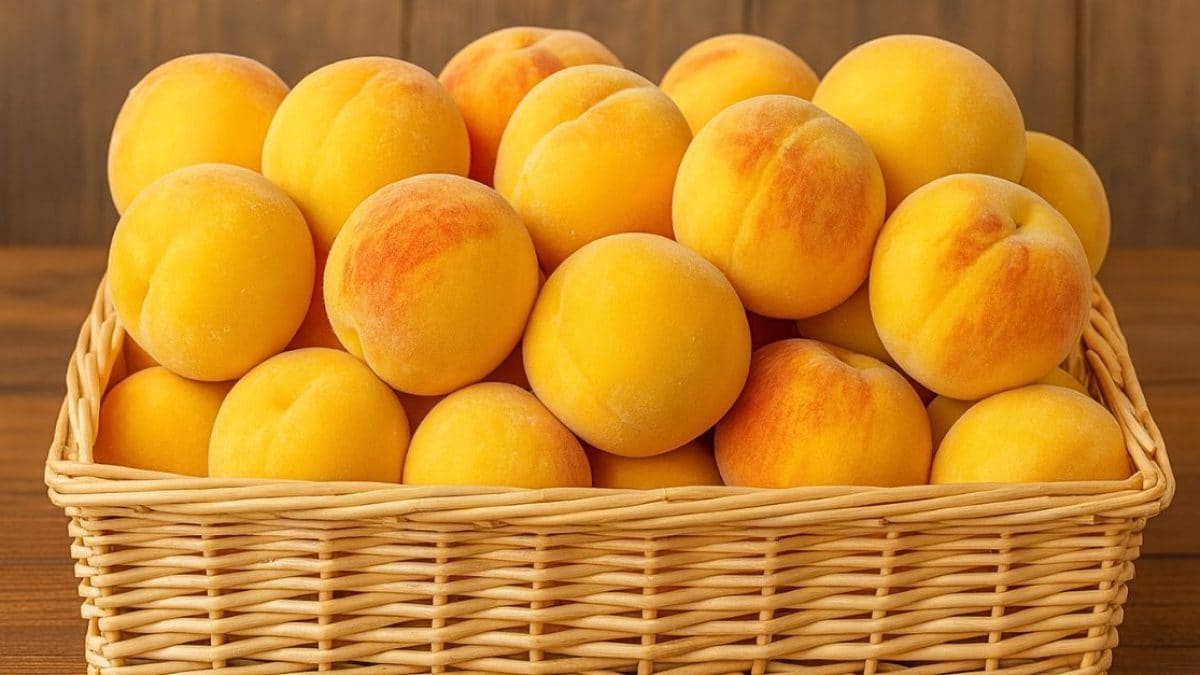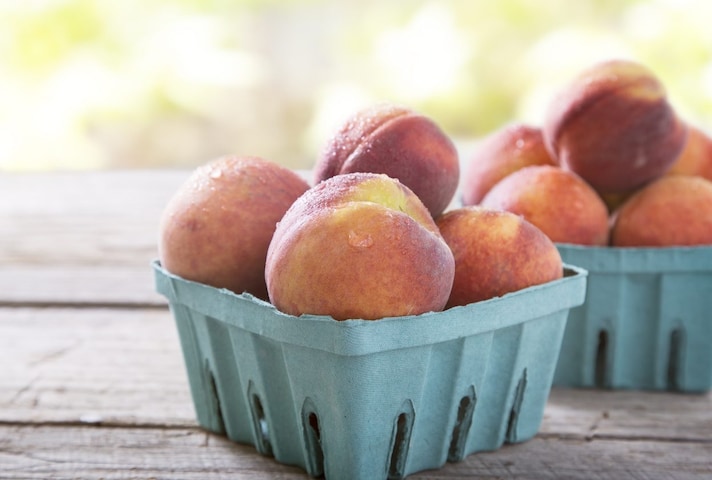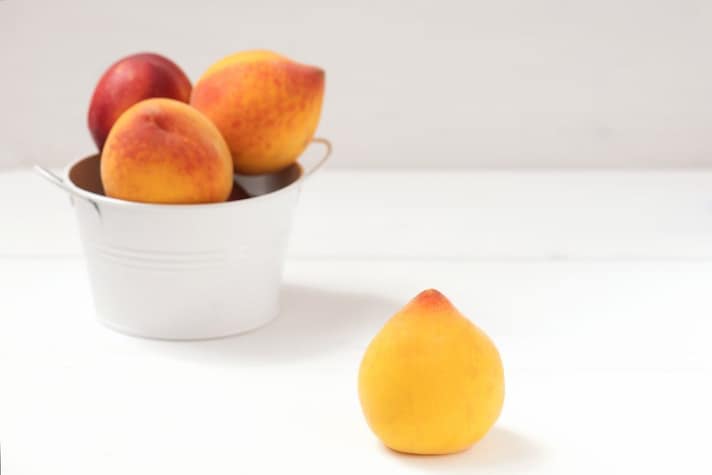
Clingstone peaches, with their vibrant, sun-kissed colors and juicy flesh, may not be as widely known as the more popular yellow peaches and nectarines, but they hold a special place in American kitchens, especially in the South. Originating from southern Italy, particularly regions like Campania and Puglia, these peaches have made their mark as a beloved fruit for both fresh eating and preserving. In the U.S., the characteristics of these peaches—dense, sweet flesh and a stubborn pit that clings tightly—make them a favorite for making preserves, jams, and even a refreshing wine infusion.
What Exactly Are Clingstone Peaches?
While some may mistakenly think that clingstone peaches are a hybrid between peaches and apricots, they are actually a variety of peach (Prunus persica) distinguished by their firm flesh that clings tightly to the pit. This peach is typically medium to large in size, with flesh that’s less fibrous and has a rich yellow hue, sometimes tinged with red. The skin is velvety, closely resembling the interior colors. The term "clingstone" refers to the fruit’s pit, which doesn’t detach easily from the flesh, making it perfect for processing into jams or preserves. These peaches thrive in southern climates, growing predominantly in states like California, Georgia, and South Carolina, where they are harvested during the late summer months—typically between July and August.

Southern American Varieties to Know
Just as Italy is known for its regional variations of clingstone peaches, the U.S. has its own celebrated varieties. In California, the Elberta peach is a standout. Known for its sweet, tangy flavor and firm texture, it’s commonly used for canning and baking. Georgia, often referred to as the "Peach State," offers peaches that are famous for their juiciness and sweetness, with varieties like Belle of Georgia and June Gold shining in both fresh markets and preserves. And in South Carolina, you’ll find Loring peaches, which are prized for their bright flavor and ideal consistency for jams and pies. Each region’s climate gives these peaches their unique flavor profile, making them a staple in summer desserts and homemade preserves.
How to Enjoy Clingstone Peaches in the Kitchen
While you can certainly enjoy clingstone peaches fresh, their true culinary versatility shines when they’re cooked. The firm texture holds up beautifully in both savory and sweet dishes, especially when baked. Peach jams and preserves are a natural go-to for using these peaches, often flavored with spices like cinnamon, vanilla, or ginger. They also shine in pies, cakes, and tarts, adding a juicy sweetness that won’t fall apart during baking. In fact, clingstone peaches hold up so well that they are often cut into chunks and added to batters without disintegrating.

Another Southern favorite is peaches in wine, a refreshing and light treat perfect for hot summer days. The process is simple: slice the peaches and let them soak in white wine in the fridge for a few hours. This method, often seen as a cousin to sangria, brings out the peach’s natural sweetness while infusing the wine with the fruit’s flavor. It's a delicious “drink and snack” combination, and after sipping the wine, you’ll be left with juicy peach slices to enjoy.
;Resize,width=767;)
